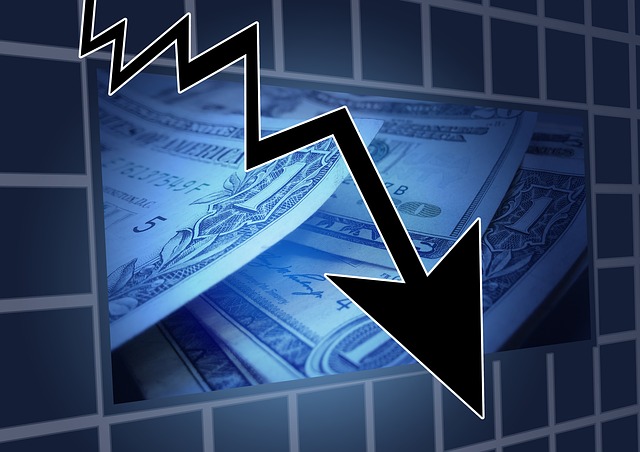Swissquote: The Bank Rout

A severe rout in banking stocks spoiled what could’ve been a calm session on Thursday.
Thursday could’ve been a calm trading session. Especially given that after a deluge of strong economic figures concerning inflation and jobs, the little uptick in the US weekly jobless claims to above 200’000 for the first time since January – and which sent the US short-term yields tumbling - could’ve given some piece of mind to investors and lead to a minor correction in equities before today’s all-important US jobs figures.
But, no.
The collapse of Silvergate Capital and a severe rout in SVB stock plunged the banking sector into darkness yesterday. While Silvergate Capital’s fall was mainly crypto-related and didn’t spur worries for the rest of the banking sector, SVB’s plunge fueled fears that the rest of the banks could also experience similar issues.
Why?
Because SVB bank launched a stock offering of around $2 billion to strengthen its balance sheet, because the bank needed to close a hole due to the sale of around $21 billion loss-making assets to ensure that they could pay depositors in the actual environment of rising interest rates.
And the SVB’s portfolio had a lot of US treasuries and mortgage-backed securities in it. This is an issue that could hit all the banks, including the big banks, because the banks amassed a lot of assets since the 2007/2008 financial crisis at rising prices, and they had to pay nearly no compensation for bank deposits, as interest rates have been near zero for such a long time.
And in theory, the rising interest rates would’ve been a boon for the banking sector as it would top their net interest income, as they would start making money on deposits, yet again.
But the problem is that the interest rates rose too fast. The Fed raised the rates by 450bp since last year.
And now, with inflation hanging at multi-decade highs, bank depositors ask higher compensation for their deposits, and to pay them, banks could be brought to sell their assets. But the assets must be sold at a severe loss, because the asset valuations sank severely from their all-time-high levels as a result of an aggressive Federal Reserve (Fed) tightening.
This is why JP Morgan lost more than 5%, Wells Fargo and Bank of America lost more than 6% as SVB plunged 60%.
As a result, the S&P 500 didn’t wait for today’s NFP print to slip below both the 100 and 200-DMA and below the major 38.2% Fibonacci retracement on October to February rally.
Weak US jobs data could slow bleeding
Bank stocks will likely remain under the pressure of higher, and rising interest rates, as the rate hikes in the US could get more aggressive again, if the US jobs market doesn’t weaken, and inflation doesn’t cool down.
The expectation of a 50bp hike in the next FOMC meeting spiked above 80% earlier this week, as Fed Chair Jerome Powell told the US Senate that the Fed could increase the pace of interest rates if the ‘totality of the data’ requires so.
Activity in Fed funds futures currently gives slightly less than 60% chance for a 50bp hike. Today’s US jobs data could keep the 50bp hike expectations alive, or tilt the balance to 25bp hike again.
It all depends on the strength of the latest jobs data.
The expectation is that the US economy may have added around 200K new nonfarm jobs in February, after last month’s whooping half-a-million NFP print. The wages are seen going up from 4.4% to 4.7%, and the unemployment rate is seen steady at 3.4% - a more-than-50-year low.
A good thing would be to see the US jobs figures weaken. Otherwise, the Fed will be brought to action a 50bp hike this month, and the latter could accelerate the equity selloff.
As such, soft, and ideally softer-than-expected jobs data from the US today could reset the Fed rate hike expectations back to a 25bp hike, whereas another set of strong jobs data will likely cement the idea of a 50bp hike from the Fed later this month, send the US yields and the US dollar up, and equities down.
